How to Get Tree Sap Off Skin
Introduction
Getting tree sap on your skin can be an annoying experience, especially when you’re enjoying time outdoors. This sticky substance can cling to your skin, making it challenging to remove. Fortunately, there are effective methods and household items that can help you get tree sap off skin without much fuss. In this article, we will explore the nature of tree sap, various removal techniques, additional tips, aftercare suggestions, and prevention methods. By the end, you’ll have all the knowledge you need to tackle this sticky situation.
What is Tree Sap?
Tree sap is a viscous fluid produced by trees and other plants. It serves as a vital part of a tree’s health, transporting nutrients and water throughout the plant. While it is essential for the plant’s growth and healing, sap can also be a sticky nuisance when it gets onto your skin, clothing, or other surfaces. It comes in various forms, including clear sap and darker resin, depending on the type of tree.
The sap plays a critical role in protecting the tree from insects and diseases, acting as a natural defense mechanism. It is composed mainly of water, sugars, and other organic compounds that aid in the tree’s overall health. While many people appreciate the beauty of trees, they may not consider the potential mess caused by sap. Understanding its properties can help in choosing effective removal techniques when you accidentally come into contact with it.

The Different Types of Tree Sap
There are various types of sap produced by different species of trees. Some common types include:
- Maple Sap: This sap is harvested in the spring to produce maple syrup. It is sweet and thinner than many other types of sap.
- Pine Sap: Known for its sticky texture and strong scent, pine sap is often used in natural remedies and can create a significant mess when it gets on skin.
- Birch Sap: This type of sap is lighter in color and is sometimes consumed as a health tonic. Birch sap is typically harvested in early spring.
- Cedar Sap: Cedar sap has a strong fragrance and is less sticky compared to pine sap, making it somewhat easier to remove from skin.
Understanding the type of sap can help you choose the most effective removal method.
Different Ways to Get Tree Sap Off Skin
Removing tree sap from your skin can be done using several methods. Here are some effective techniques:
Rubbing Alcohol
Rubbing alcohol is a powerful solvent that can break down the sticky properties of tree sap. Here’s how to use it:
- Dampen a cotton ball or cloth with rubbing alcohol.
- Gently rub the affected area until the sap starts to dissolve.
- Wipe the area clean with a fresh cloth and rinse with soap and water.
Rubbing alcohol works effectively because it evaporates quickly and does not leave an oily residue. If you find yourself in the woods or a park, having a small bottle of rubbing alcohol in your first aid kit can be a lifesaver.
Vegetable Oil
If you prefer a natural method, vegetable oil is an excellent alternative. Its fatty content can help dissolve sap. Here’s how to use it:
- Apply a small amount of vegetable oil to the sap-stained area.
- Let it sit for a few minutes to penetrate the sap.
- Rub the area gently with your fingers or a cloth until the sap begins to lift.
- Wash your skin with soap and water to remove any oily residue.
Vegetable oil is readily available in most households, making it an easy solution. For a more pleasant scent, you might choose olive oil or coconut oil, both of which work effectively.
Hand Sanitizer
Hand sanitizer, containing alcohol, can also be effective in getting tree sap off skin. Follow these steps:
- Apply a generous amount of hand sanitizer directly onto the sap.
- Rub the area with your fingers for a few moments.
- Wipe off the sanitizer and sap with a cloth, then wash your hands with soap and water.
This method is especially useful if you’re in a situation where soap and water aren’t readily available, such as camping or hiking.
Goo Gone
Goo Gone is a commercial product designed to remove sticky residues. To use it:
- Apply a small amount of Goo Gone to the sap.
- Allow it to sit for a minute to break down the sap.
- Wipe the area clean with a cloth and wash with soap and water.
This product is specifically formulated to break down tough substances, making it highly effective for tree sap.
Coconut Oil
Coconut oil is another natural solution for removing tree sap. Here’s how to use it:
- Apply a small amount of coconut oil to the affected skin.
- Gently rub the area to dissolve the sap.
- Once the sap is removed, wash the area with soap and water.
Coconut oil not only helps in removing sap but also nourishes your skin, making it an excellent choice for those with dry or sensitive skin.
Scrubbing
In some cases, a physical scrub might be needed if the sap is particularly stubborn. Use a soft scrub brush or cloth:
- Apply soap to the area and wet it with warm water.
- Gently scrub the sap until it starts to lift.
- Rinse and repeat as needed.
Scrubbing can help remove any residue left after the sap has been dissolved. Just be careful not to scrub too hard, as this can irritate your skin.
Using Baby Oil
Baby oil is another effective solution for removing tree sap. The mineral oil in baby oil can break down the sap’s adhesive qualities. Here’s how to use it:
- Pour a small amount of baby oil onto a cotton ball or clean cloth.
- Rub it onto the sap-stained skin, allowing it to sit for a minute.
- Gently rub the area until the sap loosens, then wash off with soap and water.
This method is gentle on the skin and is often a go-to for parents dealing with sticky situations involving children.
Peanut Butter
Believe it or not, peanut butter can also help remove tree sap! Its oils can break down the sticky substance. Here’s how to use it:
- Apply a small amount of creamy peanut butter to the sap.
- Allow it to sit for a few minutes.
- Rub the area gently, then wash with soap and water.
This quirky method is fun to try, especially if you have peanut butter on hand.
Essential Oils
Some essential oils, such as tea tree oil or eucalyptus oil, can effectively dissolve tree sap. To use:
- Mix a few drops of essential oil with a carrier oil like olive oil.
- Apply the mixture to the sap and let it sit for a few minutes.
- Wipe off with a clean cloth and wash your skin.
Essential oils not only help with sap removal but can also provide aromatherapy benefits.
You can even read this detailed guide on “How to get sap off hands”
Additional Secret Tips
Here are some extra tips to help you effectively get tree sap off skin:
- Test First: Before using any product, test it on a small area of your skin to check for any adverse reactions. This is especially important for essential oils, which can be potent.
- Warm Water: Use warm water when rinsing off products to help dissolve the sap more effectively. Warm water opens up your pores, making it easier for oils and soaps to penetrate.
- Be Gentle: Avoid aggressive scrubbing, as this can irritate your skin. Gentle rubbing is usually more effective. If you feel pain or discomfort, stop immediately.
- Stay Hydrated: Keeping your skin hydrated with moisturizer after removing sap can help maintain skin health. Apply lotion regularly, especially after spending time outdoors.
Aftercare
After successfully removing tree sap from your skin, it’s essential to take care of the affected area to prevent irritation:
Moisturize
Tree sap removal methods, especially those involving alcohol, can dry out your skin. To combat this, apply a rich moisturizer or natural oils, like olive or coconut oil, to restore moisture. Look for lotions that contain ingredients like shea butter or aloe vera, which can be particularly soothing.
Aloe Vera
If your skin feels sensitive or irritated after sap removal, consider using aloe vera gel. It has soothing properties that can calm irritated skin. Just apply a thin layer to the affected area and let it absorb. If you have an aloe vera plant, you can directly apply the gel from the leaves.
Avoid Hot Water
After removing the sap, stick to lukewarm water for washing your hands or bathing. Hot water can strip natural oils from your skin, leading to increased dryness and irritation. This is especially important if you’ve used alcohol-based products.
Watch for Allergic Reactions
In rare cases, some individuals may develop an allergic reaction to certain removal products. If you experience redness, swelling, or itching after using a particular method, discontinue use immediately and consult a healthcare professional if necessary. Always be aware of how your skin reacts to different substances.
Consider Over-the-Counter Treatments
If you notice persistent irritation or discomfort after removing sap, consider using over-the-counter hydrocortisone cream or an antihistamine. These can help reduce inflammation and relieve itching.
Prevention Methods
Preventing tree sap from getting on your skin in the first place can save you time and hassle. Here are some tips:
Wear Gloves
If you’re working with trees or plants known for their sap, wearing gloves can provide a protective barrier. Choose thick, durable gloves to keep sap from coming into contact with your skin.
Choose Appropriate Clothing
Opt for long sleeves and pants to cover exposed skin while gardening or engaging in outdoor activities. Materials like denim or thick cotton can offer additional protection.
Be Mindful of Your Surroundings
Avoid brushing against trees or branches that might produce sap. When hiking or walking in wooded areas, be aware of your surroundings and try to stay clear of potentially sticky situations.
Clean Equipment Regularly
If you use tools or equipment around sap-producing trees, clean them regularly to prevent sap buildup. This can reduce the chances of inadvertently transferring sap to your skin.
Avoid Hot Weather
Sap is often more viscous in hot weather, so try to limit your outdoor activities during peak heat, especially if you’re near sap-producing trees.
Conclusion
Tree sap may be a natural part of enjoying the outdoors, but it doesn’t have to be a permanent fixture on your skin. With a variety of effective removal techniques at your disposal, you can easily tackle this sticky situation. Remember to use items readily available in your home, from rubbing alcohol to vegetable oil, and always consider aftercare to keep your skin healthy. Prevention is key, so take steps to avoid contact with sap in the first place.
By following the methods outlined in this guide, you’ll be well-equipped to handle tree sap whenever it makes its unwelcome appearance. Enjoy your outdoor adventures without worrying about the sticky mess!



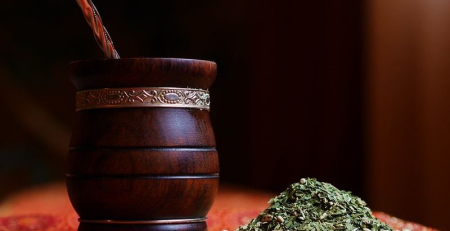
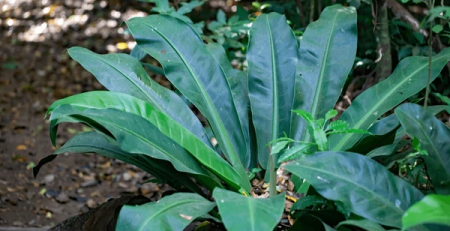

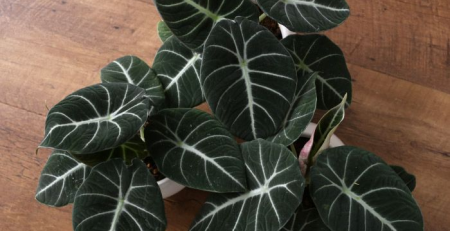

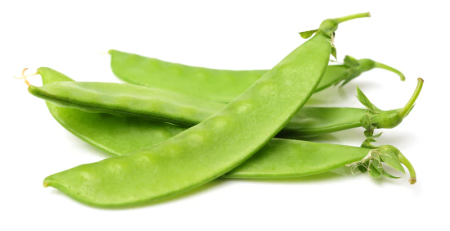
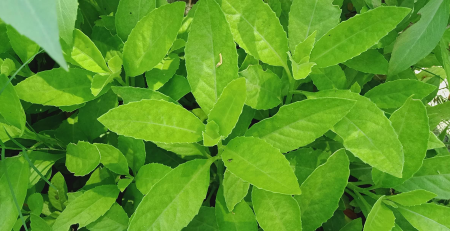

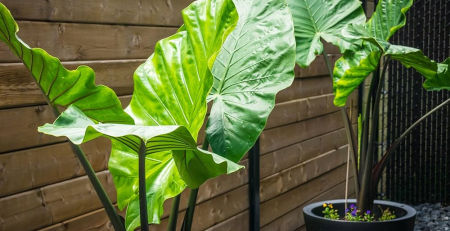

Leave a Reply